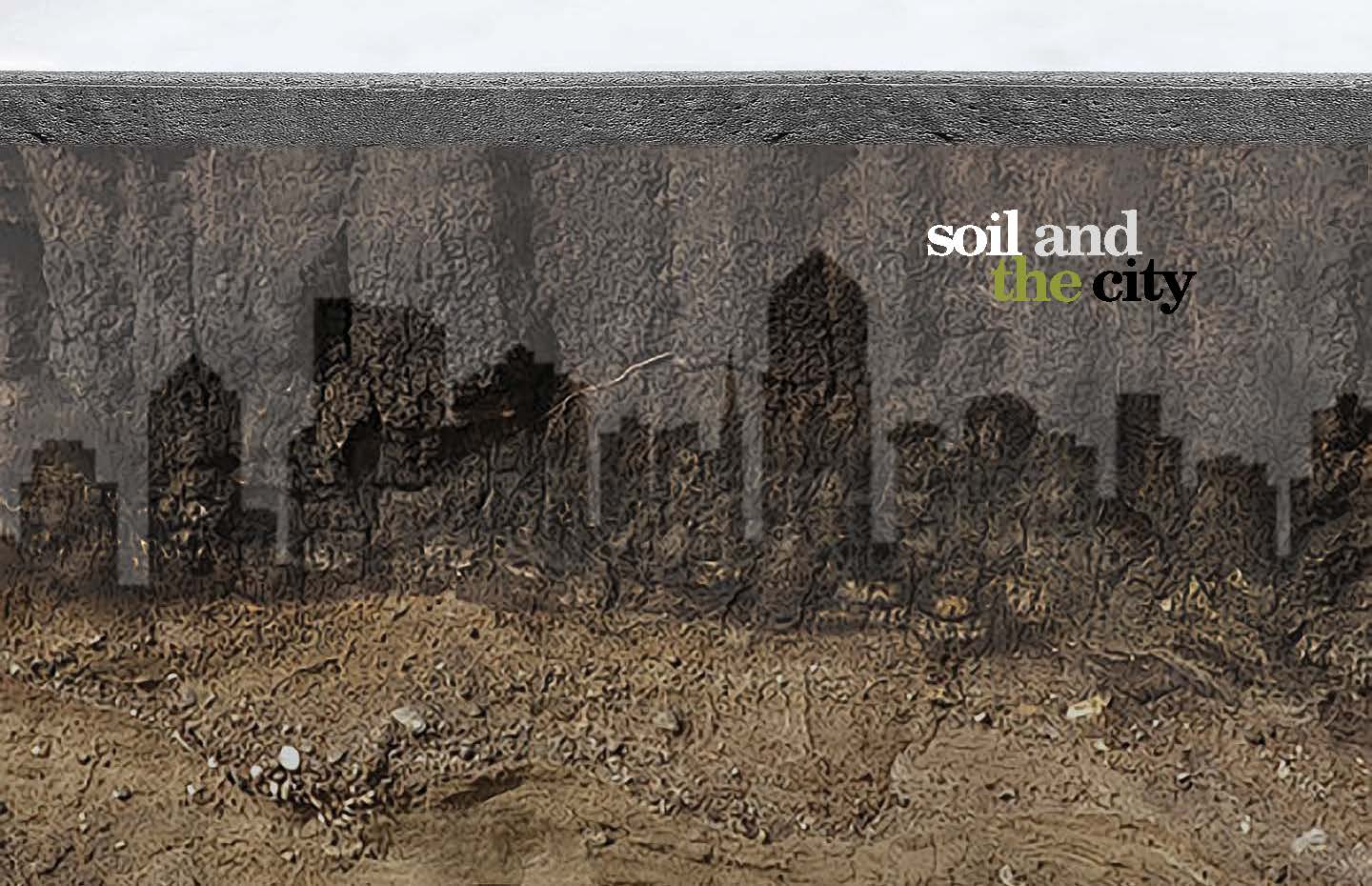Soil and the City, Episode 1: Can Soil Get its Groove Back?
by Amy Bell, PLA, ASLA, ISA Certified Arborist
FBT Architects Landscape Architect

This six-part blog series will investigate the reasons why we have fallen out of love with soil (or at the very least taken it for granted) and how we can rekindle that relationship through an amended approach to the design and construction of our everyday places.
Soil and the City, Episode 1: Can Soil Get its Groove Back?
As designers, we seek certain aesthetic and functional goals. We engage in the coupling of form and function; nature and culture; past, present and future. Our goal is that this effort manifests in seductive lines, alluring patterns, and evocative sensory experience. Yet, in no small part because of our design efforts, our modern lifestyles often separate us from the sensuous natural world. We are surrounded by a litany of sterile tastes, sounds and textures that we ourselves have engineered.
With this in mind, is it surprising that our typical planning and design processes handle soil like dirt?
Let’s face it. Soil is scarcely considered when reconfiguring homes, schools, shopping malls and civic centers. Sure, there’s a geotechnical report or intermittent soil quality test, but who’s ever heard of a post-occupancy evaluation of the soil? And we wonder why our urban tree canopy is disappearing at an unprecedented rate, why our landscapes are perceived to be so difficult to maintain, and why landscape in general is singled out as the perpetual ‘additive alternate.’
Soil just isn’t sexy. Or is it?
Maybe we need to take another look as soil walks out the door. Simply put, the interactions between soil, water and air create life.
On a basic level, we owe soil for food, fuel and shelter. Soil assists in cleaning pollutants from the air we breathe and the water we drink. With the microscope we learn that the microbes in soil lower stress while increasing cognitive function and the ability to concentrate. Healthy soils result in healthy ecosystems, lower health care costs and a population of smarter, happier people.
If we pull the history books off the shelf we remember that a significant percentage of creation stories from cultures all over the world attribute the spark of human life originating from the soil, the earth or the mud. These stories are particularly evident in the Southwest and in the concept of sipapu: openings in the earth that maintain the connection between worlds. It is no wonder that Southwestern architecture uses soil (literally) as its primary building block.
Desert soil is especially astonishing in its ability to propagate life in an environment of true scarcity. In our arid climate, cultivating healthy soil is on par with water conservation and responsible water management. Improving soil health significantly improves moisture retention, allowing us to do more with the limited amount of water we have. In fact, Xeriscape Principle #2 as defined by Denver Water is “Amend the Soil.”
Go out, enjoy the spring warmth, feel the soil between your toes and inhale some of those stress-relieving microbes. Sit beneath a twisting cottonwood or fragrant juniper and listen to that running water sound of wind in the branches. Seriously, take a walk among Pueblo Bonito’s adobe ruins and tell me you don’t feel a spark.
And so I challenge our design community – let’s make soil sexy again. It’s about time it got its groove back.

“The recuperation of the sensuous is the rediscovery of the earth.” -David Abram, The Spell of the Sensuous
Stay tuned for Episode 2, “Baggage: A Brief History of New Mexico’s Love Affair with Soil”.
Thanks to Michael Young and Jim Brooks of Adaptive Terrain Systems for their instigation of the “Soil and the City” concept and continuing efforts to help our community make amends with our soil.
Images by Amy Bell in collaboration with Ken Duckert Photography.

